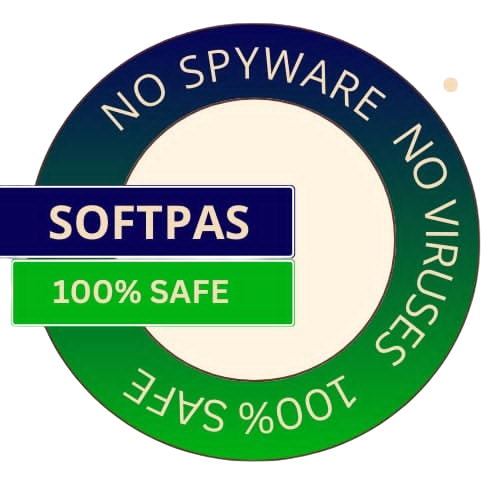
Get the best deals on your favorite games
fsprotect is a neat tool made up of various scripts that help protect your filesystems, especially if you're using Debian systems. It’s designed to keep everything safe and sound on public computers, like the ones you find in libraries or labs.
This software works by using AUFS (Another Union File System) and some special initramfs tricks to guard your root filesystem. Plus, it has an easy-to-follow init script that kicks in to protect other filesystems right from the get-go!
The magic happens when fsprotect uses AUFS to blend two filesystems into one. Essentially, it takes an existing filesystem and combines it with a tmpfs, which means all changes are stored in memory instead of written directly to disk.
If you want to protect something like /test, here's how it goes down:
This process protects not just non-root filesystems but also does a special job on root ones since they sit underneath everything else. For this reason, fsprotect uses an initramfs script that runs early during boot-up. It swaps out the existing filesystem with an aufs before moving
Go to the Softpas website, press the 'Downloads' button, and pick the app you want to download and install—easy and fast!

SoftPas is your platform for the latest software and technology news, reviews, and guides. Stay up to date with cutting-edge trends in tech and software development.
Subscribe to newsletter
© Copyright 2024, SoftPas, All Rights Reserved.